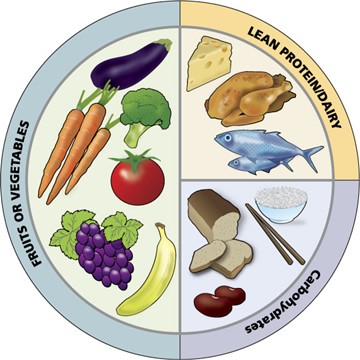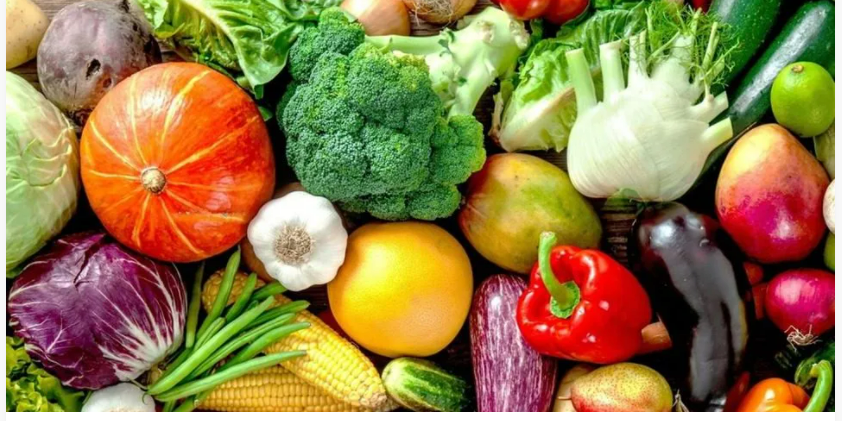Food and Nutrition Security as a vehicle for poverty reduction and equitable sustainable development
Notwithstanding the well-known Biblical expression, “the poor shall always be with us”, individuals, families, communities, and nations throughout time have never stopped looking for ways to get out of poverty and to get rich. The centrality of poverty eradication in human development was not lost to the framers of the 17 sustainable development goals that replaced the millennium development goals in 2015.
They boldly set the first goal, SDG1 to be to “End poverty in all its forms everywhere”. The framers recognised the importance of associated goals, notably regarding hunger and food insecurity (SDG 2) in ending poverty. This is because Hunger, food and nutrition have a direct impact on important drivers of poverty including health (SDG 3), education (SDG 4), and economic growth (SDG 8). The importance of food security (SDG 2) goes beyond its role in ending poverty, however, as it is very evident that poor diets and nutrition are major contributors to poor health and diseases even among the wealthiest individuals and countries. Furthermore, in a global world striving towards equity, addressing hunger and food security are central to the goal of leaving no one behind. Within countries and between communities, sustained hunger and food insecurity are often root causes of conflict and instability (SDG 16).
poor diets and nutrition are major contributors to poor health and diseases even among the wealthiest individuals and countries.
Food and nutrition security is also linked to SDGs 13, 14 and 15 that address sustainable agriculture, responsible resource management and environmental conservation. CARICOM has endorsed all the SDGs and most of the corresponding targets. With respect to food and nutrition security, it has become evident that the food import bill for CARICOM has become unsustainable and a threat to achieving food and nutrition security. Hence member states have adopted the 25% by 2025 goal to reduce the food import bill by 25% by 2025, with a focus on several key products including chicken, perhaps a recognition that indeed “our chickens have not forgotten how to lay eggs” – as Prof Lumumba once lamented.
What is Food and Nutrition Security?
Food and nutrition security refers to the availability, access, utilization, and stability of sufficient, safe, and nutritious food to meet the dietary needs and preferences for an active and healthy life. It extends beyond the mere absence of hunger, encompassing the assurance that individuals and communities have consistent access to a diverse range of foods that provide essential nutrients.
Achieving food and nutrition security is critical for addressing not only hunger and malnutrition but also broader issues such as poverty and sustainable development. It involves ensuring that people can access an affordable and balanced diet, promoting agricultural and food system resilience, and addressing socio-economic factors that impact food access and utilization.
Food and nutrition security refers to the availability, access, utilization, and stability of sufficient, safe, and nutritious food to meet the dietary needs and preferences for an active and healthy life.

Indicators of Food and Nutrition Security
As with all SDGs, the Food and nutrition security goal is monitored using a set of core indicators that addresses the core elements of the goal, namely: the availability, access, utilization, and stability of sufficient, safe, and nutritious food to meet the dietary needs and preferences for an active and healthy life. We can appreciate that such a broad definition will require a wide range of data sources including agricultural productivity, food prices, dietary diversity, and the prevalence of undernourishment.
Latin America and the Caribbean had the highest cost of a healthy diet in 2022
Recently, a new indicator has been proposed to monitor the Cost of a Basic Nutritious Diet. This indicator considers the cost of various food items and helps determine whether a balanced and nutritious diet is economically accessible to the population. If so, it creates comprising of lowest costs items that meets basic nutritional requirements and calculates the affordability of items in the basket at each time.
25% by 2025 reduction in CARICOM Food Bill
The CARICOM 25% by 2025 is a regional indicator but can also be disaggregated by individual countries. If this is done, then a distinction can be made between within CARCOM imports (eg from Chicken from Jamaica to Trinidad and Tobago) and imports from outside the region.
Conclusion
In this blog, we have provided a brief summary of poverty, hunger and food and nutrition security from the SDG, FAO and CARICOM perspective. The eCISTAR platform provides an introductory course on food and nutrition security with emphasis on the CARICOM regional context. We encourage you to read and share your comments, what you learned from the course, and welcome any suggested future additions or reference materials and links that you consider essential learning.




